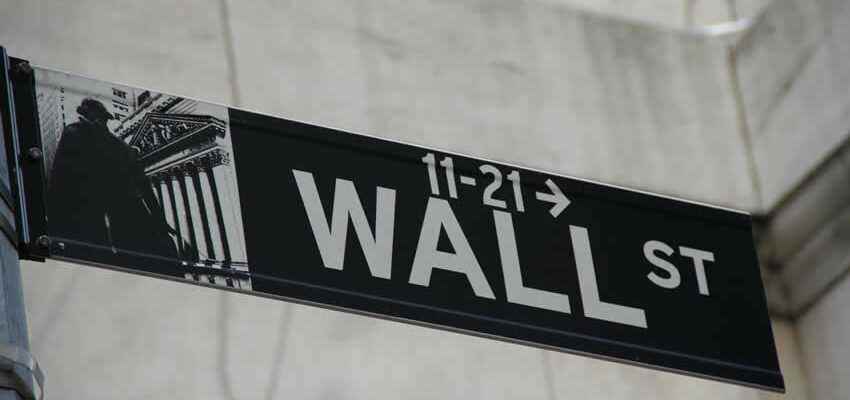
An original US equity fund
Auris Gestion markets Auris Gravity US Equity Fund (Isin code: LU2309368467), a very original American equity fund, as it invests only in the three sectors most likely to benefit from the market environment. Auris Gestion benefits from the investment advice provided by Orion Financial Partners to help it in its choices.
Each month, the fund invests in stocks that make up the three sectors selected from the 10 monitored. This sector rotation strategy is done in three steps. First, the market environment is analyzed using indicators of the macroeconomic cycle and market risks. Next, a valuation model seeks to determine the expected excess return on each sector relative to the market. Finally, sectors are selected using a rating method that takes into account valuation, over or under valuation and macro momentum ratings. Within each sector pocket, the weight of each share is determined by its weighting within the benchmark sector index.
Currently, the three sectors in the portfolio are health (39%) and public services (34%), whose positioning is both defensive and pro-cyclical, as well as the media (27%), a sector whose environment macro is not very buoyant but which is the most undervalued. Among the main lines in the portfolio are Alphabet, Facebook, Johnson&Johnson and Pfizer.
Maximum entry fee: 2.5%; annual management fee: 1.50% + 15% of the outperformance compared to the S&P 500 index; initial share value: $100.
Investing opinion
Due to the current lack of visibility on the financial markets and the high risk of recession on the other side of the Atlantic, we recommend waiting a few months before taking an interest in this fund on which we have a a priori positive. Indeed, launched in June 2021, it got off to a promising start, resisting well the decline observed since the beginning of the year. Thus, over one year, its performance is -1% against -11% for the S&P 500 (-10% since the start of the year against -19%). Simulations made between 2017 and 2021 show a potential outperformance of this original strategy of around 4 points per year.
